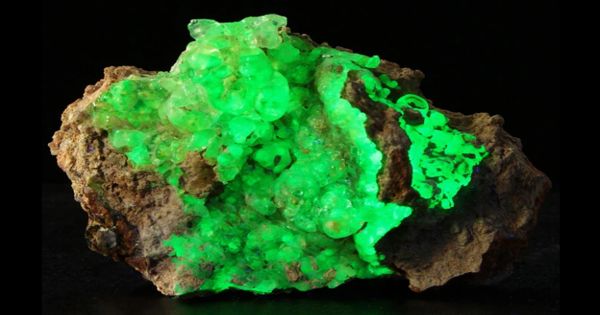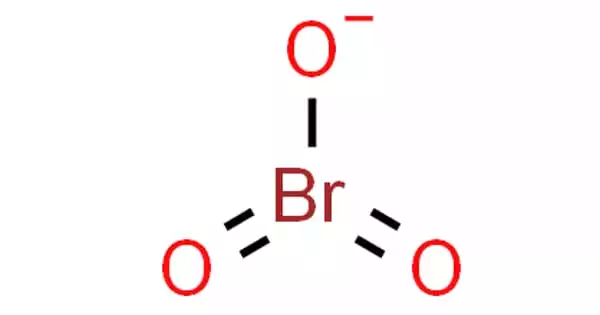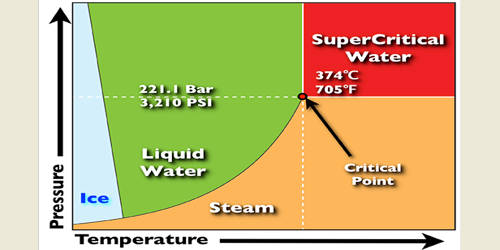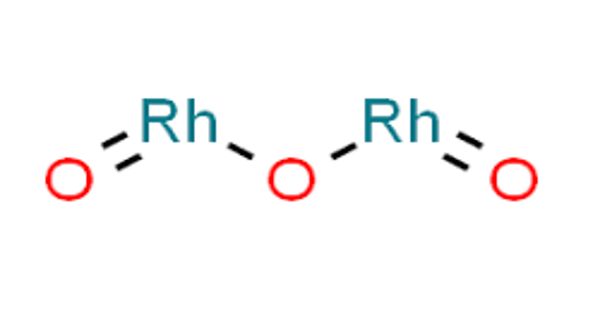Hyalite is a form of opal with a glassy and clear appearance which may exhibit an internal play of colors if natural inclusions are present. It is a colorless opal that is clear as glass or sometimes translucent or whitish. It is also called Muller’s glass, water opal, and jalite. The name Müller’s glass derived from the name of its discoverer, Franz-Joseph Müller von Reichenstein.
General information
- Formula: SiO2 nH2O
- Color: colorless, white, creme-colored, yellow, orange
- Lustre: Vitreous, Sub-Vitreous
- Hardness: 5½ – 6½
- Specific Gravity: 2.0 – 2.2
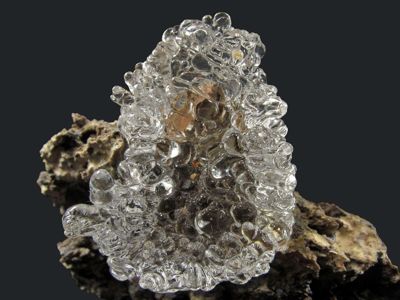
Properties
Hyalite’s Mohs hardness is 5.5 to 6 and has a specific gravity of 1.9 – 2.1. It is a colorless variety of opal, sometimes transparent like glass, and sometimes whitish and translucent. It has no planes of cleavage but fractures conchoidally are clear or translucent and have a globular structure. It looks best in diffused daylight, right outside of direct sunlight and it will have a subtle green glow, while in indoor/home lighting, much of this opal is almost colorless. Its luster is vitreous and its streak is white.
- Transparency: Transparent, Translucent
- Streak: white
- Tenacity: Brittle
- Cleavage: None Observed
- Fracture: Conchoidal
- Density: 2.0 – 2.2 g/cm3 (Measured)
Occurrences
Hyalite occurs as globular and botryoidal masses and irregular crusts in volcanic and pegmatite environments where the silica deposits from the gas phase (Flörke et al, 1973). It is sometimes mistaken for resin opal or silica glass since they both may appear clear and globular, but they can be identified under ultraviolet light due to its bright green fluorescence. It often shows a strong green fluorescence in UV light.
Uses
Opalescent hyalite is used in jewelry, and well-formed samples are of interest to collectors due to their unusual appearance, mode of formation, and relative rarity.
Information Source:
